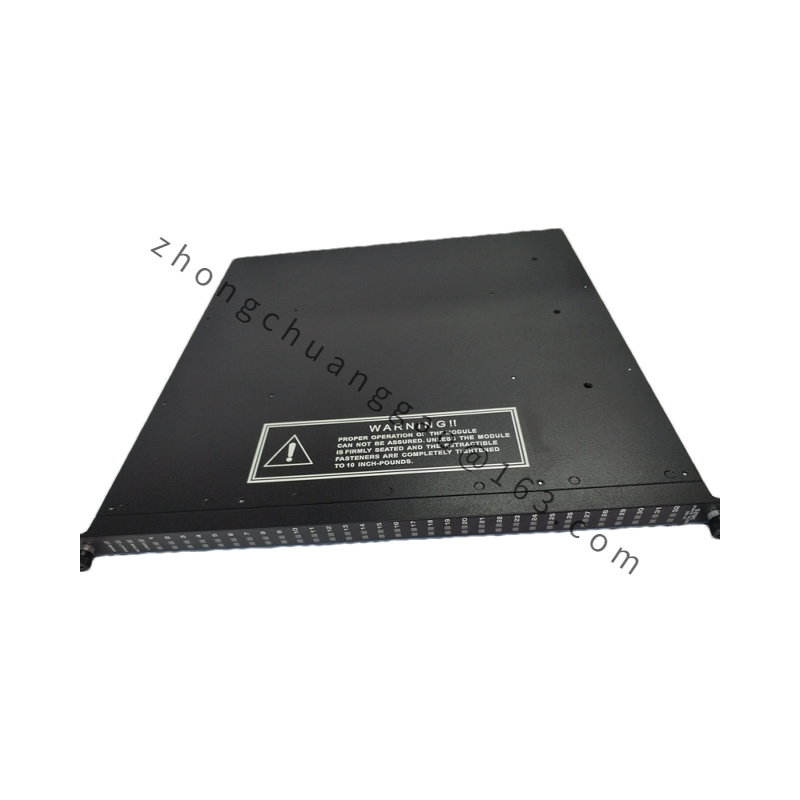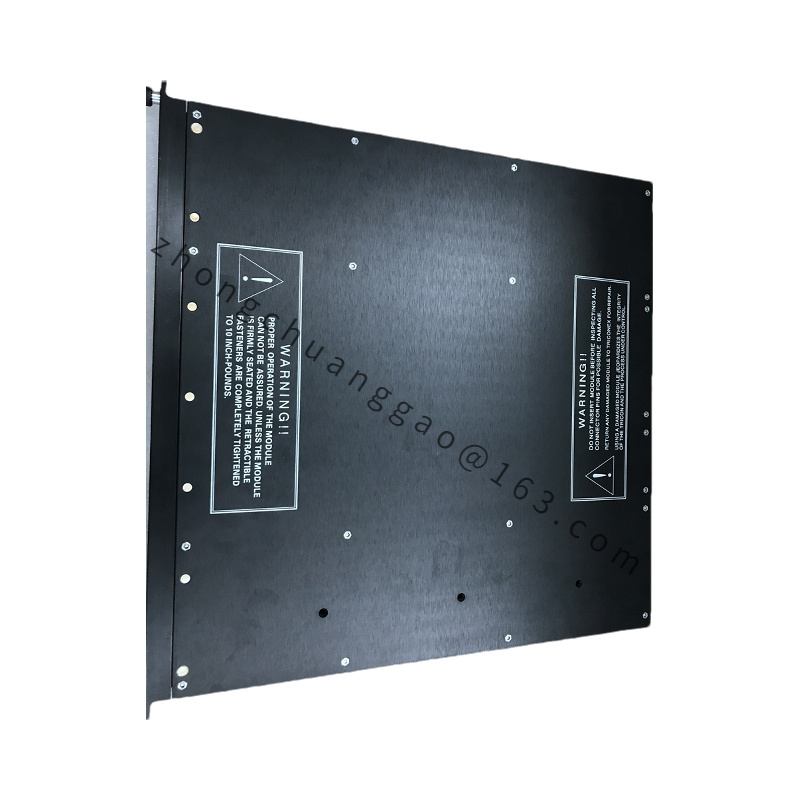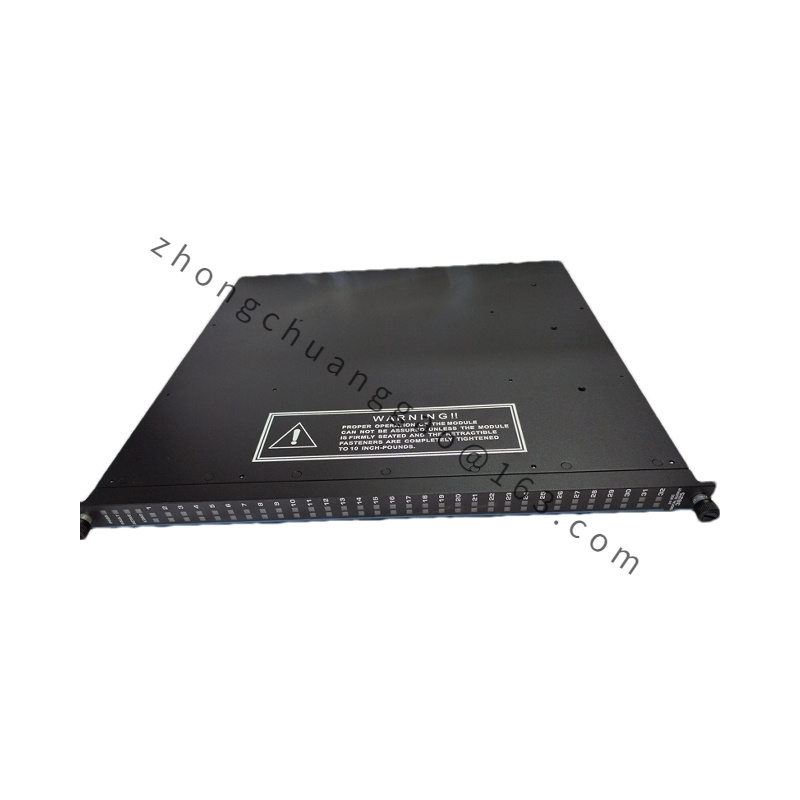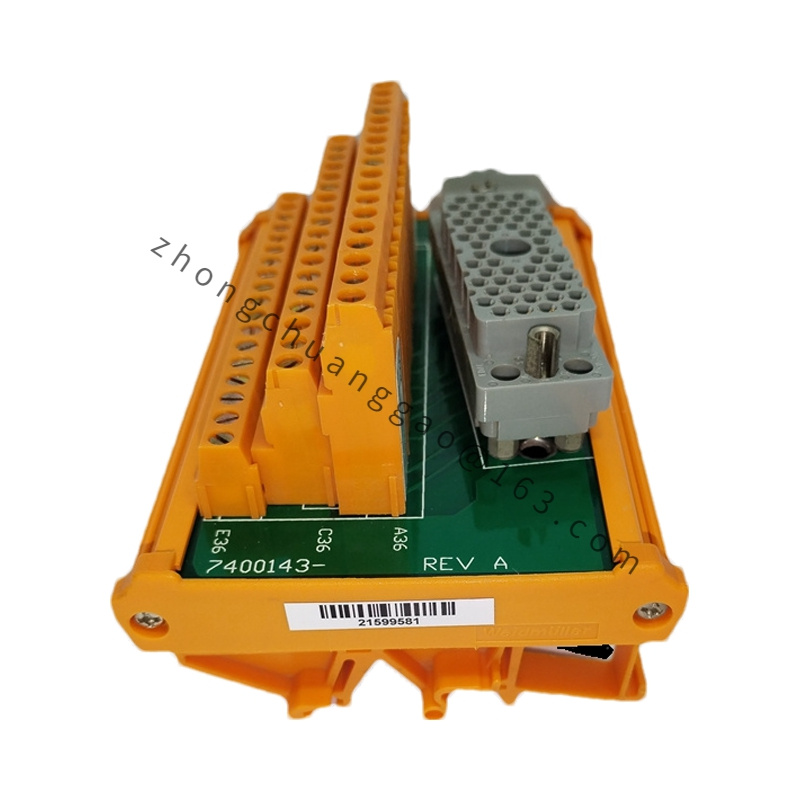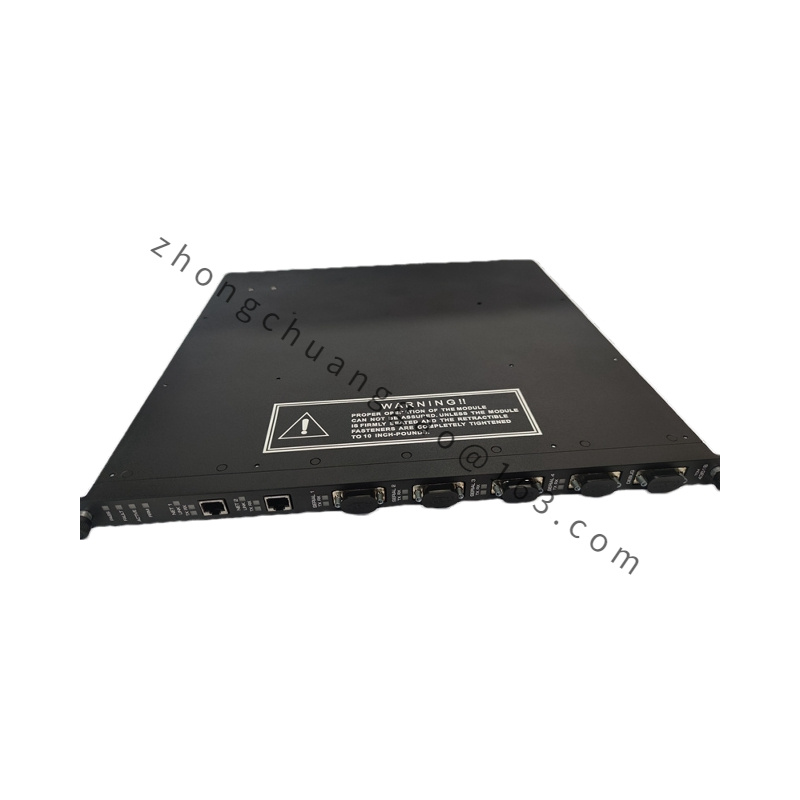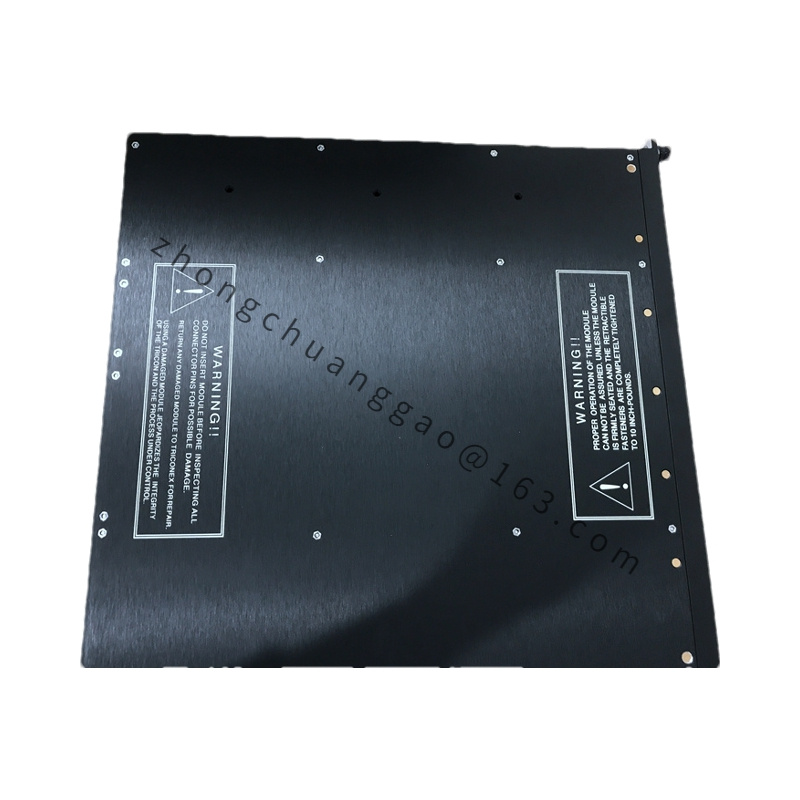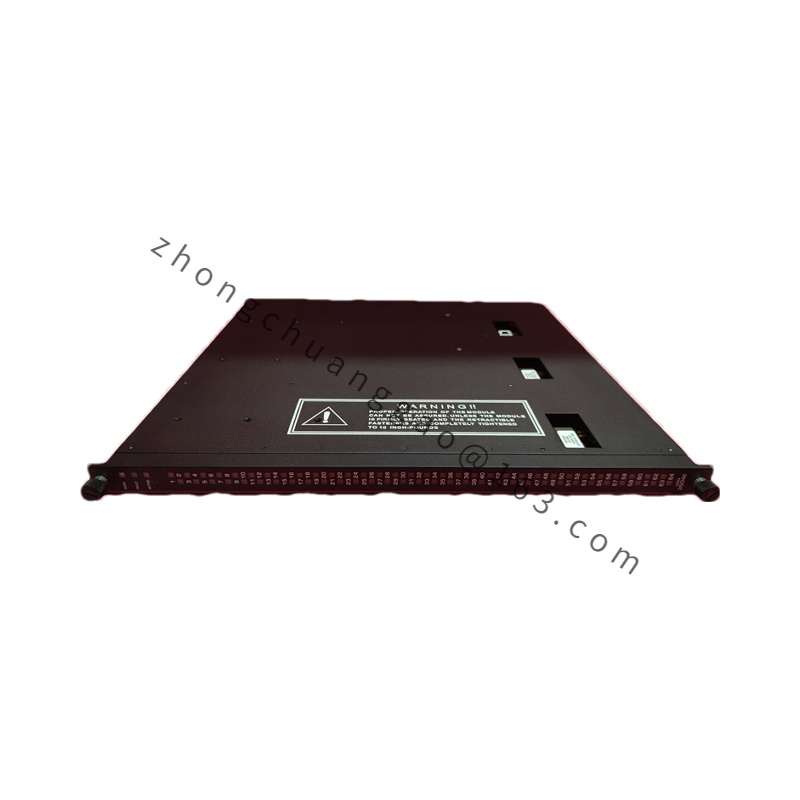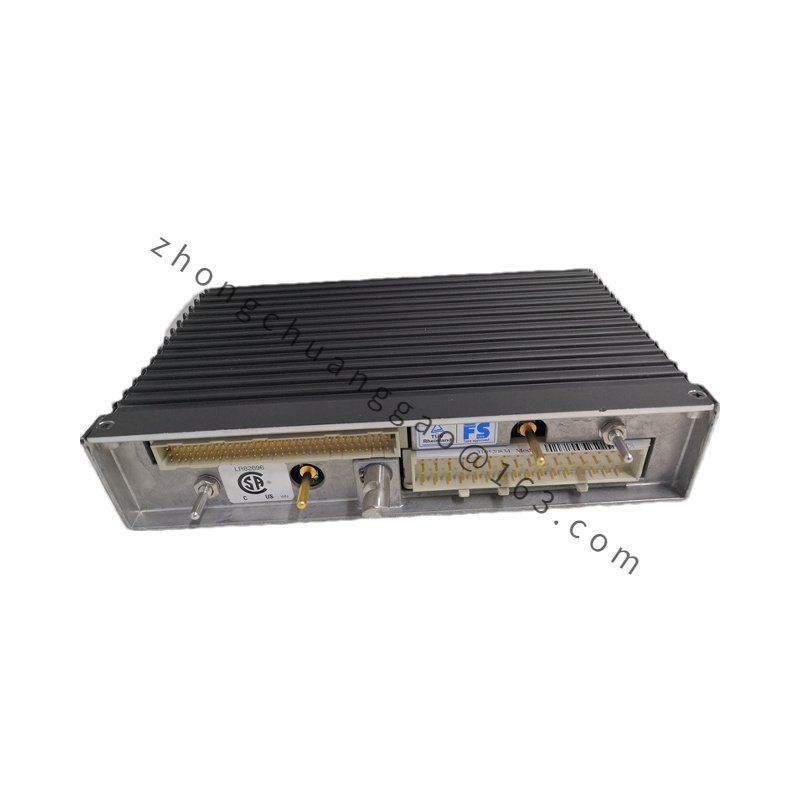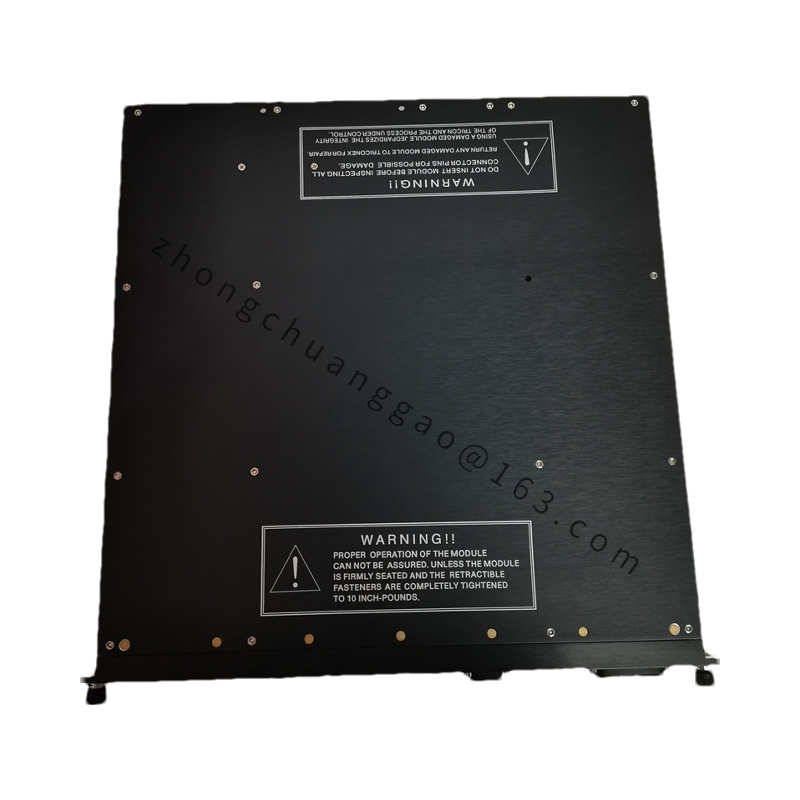Detailed content
Technical Specifications
Port Configuration:
Serial Ports: 4 (for serial communication with external devices)
Network Ports: 2 (likely supporting Ethernet/IP or similar protocols for network communication)
Debug Port: 1 (for diagnostic and troubleshooting purposes)
Input/Output Capabilities:
The module typically provides multiple analog input and output channels, allowing it to simultaneously process multiple analog signals.
It can receive and transmit signals related to various physical quantities such as temperature, pressure, and flow.
Power Requirements:
Specific power requirements may vary depending on the model and configuration, but it is typically designed to operate with standard industrial power supplies.
Communication Protocols:
Supports industry-standard communication protocols such as Ethernet/IP, CIP Safety, and potentially others for seamless integration with various devices and systems.
Safety Standards:
Compliant with high safety standards such as SIL 3 and Cat 4 PLe, ensuring reliable and safe operation in critical industrial processes.
Functional Features
Analog Input/Output:
The module has the capability to receive and collect analog signals from external devices or sensors, such as temperature sensors, pressure transducers, and flow meters.
It can also output analog signals to control actuators or other external devices, enabling precise control and regulation of industrial processes.
High Precision and Reliability:
Offers high-precision analog signal acquisition and conversion capabilities, ensuring accurate and reliable measurements and control.
Designed with robust components and robust communication protocols to withstand harsh industrial environments.
Multi-Channel Capability:
Provides multiple analog input and output channels, allowing it to simultaneously process multiple signals and control multiple processes.
This feature enhances the overall performance and efficiency of industrial automation systems.
Programmability:
Highly programmable, allowing users to configure and customize the module’s parameters and functionalities to suit specific application requirements.
Supports various programming languages and tools, making it easy for engineers and technicians to integrate and maintain the module within their systems.
Communication Interface:
Equipped with advanced communication interfaces, such as Ethernet/IP, allowing it to seamlessly integrate with control systems, monitoring systems, and other devices.
Enables real-time data exchange and communication between the module and other components within the industrial automation system.
Diagnostics and Fault Isolation:
Provides advanced diagnostic capabilities, allowing users to quickly identify and isolate faults within the system.
Offers features such as fault indicators, automatic diagnostic reports, and event tracking, making maintenance and troubleshooting easier and more efficient.
Application Scenarios
Triconex 3625 is widely used in various industrial automation and process control applications, including but not limited to:
Oil and Gas Industry:
Used in oil and gas processing facilities to monitor and control critical processes such as pressure regulation, temperature control, and flow measurement.
Chemical Industry:
Employed in chemical plants to ensure safe and efficient operation of reactors, distillation columns, and other processing equipment.
Power Generation:
Utilized in power stations to monitor and control the operation of turbines, generators, and other power-producing equipment.
Water and Wastewater Treatment:
Deployed in water and wastewater treatment plants to monitor and control processes such as water quality monitoring, pump control, and filtration.
Manufacturing:
Applied in various manufacturing industries to automate and control production processes, improving efficiency and reducing costs.

